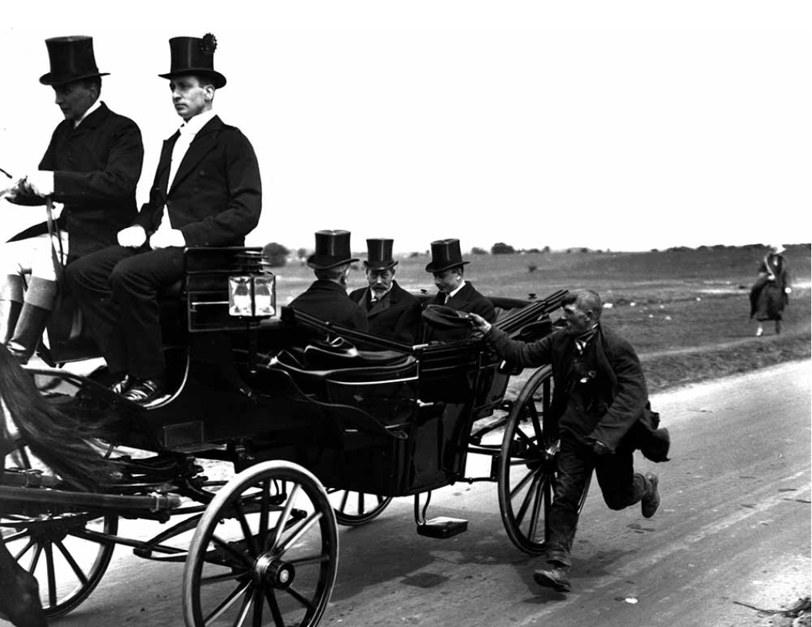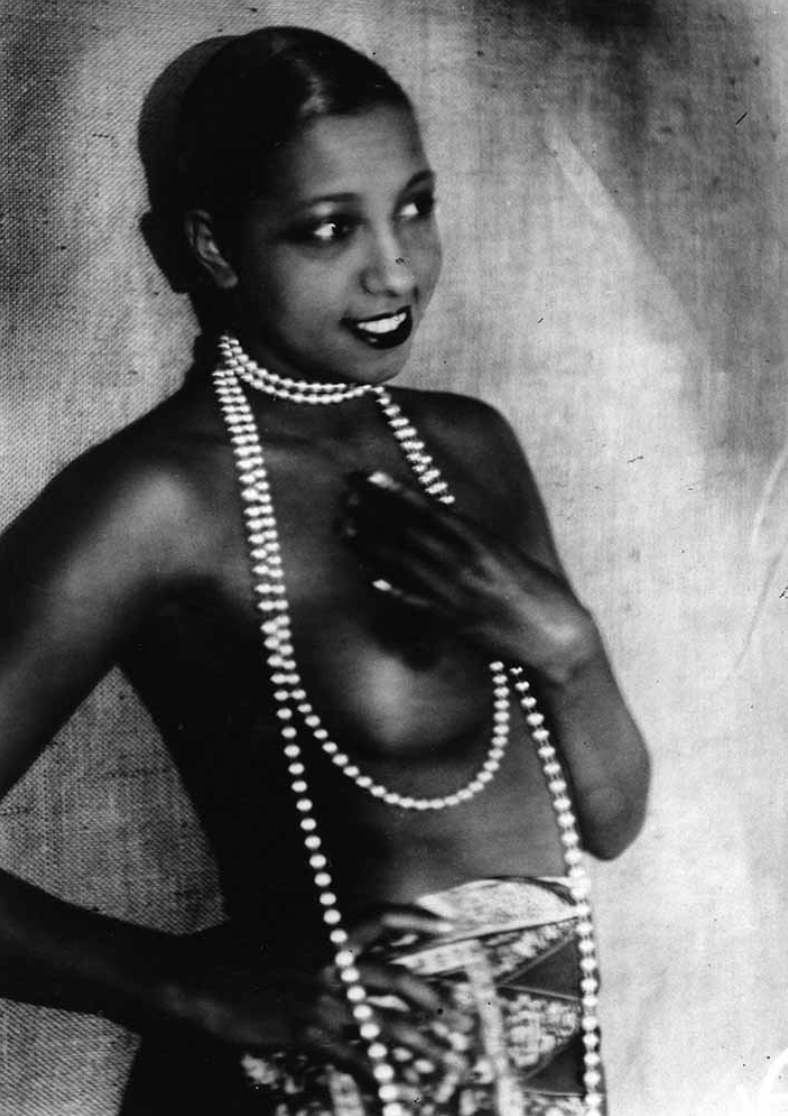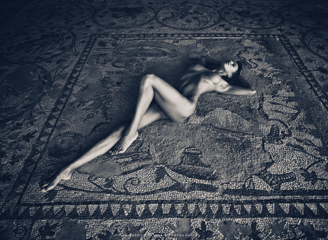How to Start Collecting Iconic Photography: A Beginner’s Guide to Owning a Piece of History
Imagine owning a sliver of time frozen by Dorothea Lange’s lens during the Great Depression, or a fragment of the cosmos as captured by the Hubble Telescope. Iconic photographs aren’t just images—they’re portals to history, emotion, and cultural revolutions. And guess what? You don’t need a Rockefeller budget to start collecting them. This guide will show you how to build a collection that’s meaningful, valuable, and uniquely yours.
3/5/20253 min read


Why Collect Iconic Photography?
Iconic photographs shape how we see the world: from Steve McCurry’s Afghan Girl to Annie Leibovitz’s celebrity portraits and to Vassilis Pitoulis elegant nudes, because all this may disappear with time. Collecting these works lets you:
Be the one who participate in saving the history.
Own cultural legacy: Hang pieces that sparked global conversations.
Invest wisely: Fine art photography has outperformed stocks in recent decades, with works by artists like Cindy Sherman and Andreas Gursky selling for millions.
Support artists: Even emerging photographers today could be the icons of tomorrow.
Step 1: Define Your Focus (Before You Spend a Dime)
Don’t just collect—curate. Ask yourself:
- Are you drawn to a genre? (e.g., war photography, fashion, surrealism)
- A specific era? Vintage prints from the 1920s or contemporary digital art?
- A theme? “Human resilience,” “Urban decay,” or “Celebrity culture.”
Example: A collector focused on “Women Pioneers in Photography” might target works by Margaret Bourke-White or contemporary trailblazers like Zanele Muholi.
Pro Tip: Start small. Limited editions by rising artists (e.g., 1/20 prints) cost less than famous names but can skyrocket in value.
Step 2: Learn to Spot Value (Beyond the Frame)
Authenticity is king:
Look for certificates of authenticity signed by the artist, estate, or gallery.
Research provenance: Who owned it before? Was it exhibited?
Condition matters:
Vintage prints fade. Check for UV-protective framing and archival paper.
Digital-era works: Ensure NFTs come with blockchain verification (if applicable).
Red Flags: Avoid “open edition” prints (unlimited copies = low value) and unclear provenance.


5 Mistakes Every New Collector Makes (And How to Avoid Them)
1. Impulse buying: Love a piece? Sleep on it. Research its market value first.
2. Ignoring emerging artists: Today’s unknowns are tomorrow’s icons.
3. Neglecting storage: A damp basement could ruin a $10,000 print.
4. Overlooking taxes: Reselling may incur capital gains tax—consult an art accountant.
5. Chasing “investment” over passion: Buy what moves you. Profit is a bonus.
The Future of Collecting: Sustainability & Inclusivity
- Eco-conscious collecting: Seek artists using recycled materials or carbon-neutral printing.
- Diversify: Support female photographers reshaping the canon.
Final Thought:
Your collection is a mirror of your curiosity. Whether you’re bidding on a Diane Arbus print at auction or discovering a grad student’s haunting series online, every piece tells a story. Start small, stay curious, and remember: the most iconic collection is the one only you could build.
Resources to Dive Deeper:
- Books: The Photograph Collector’s Guide by Laura Noble
- Courses: Christie’s Education “Introduction to Photography Collecting”
- Websites: LensCulture (for discovering artists), Artnet (for price databases)
Step 3: Where to Buy (Without Getting Scammed)
Auction Houses: Christie’s and Sotheby’s host photography-specific auctions (bid online for smaller lots!).
Galleries: Pace (NYC), Magnum (Paris), and Foam (Amsterdam) specialize in iconic works.
Online Platforms: Artsy, 1stdibs, and Even.com curate vetted collections. For NFTs, try OpenSea or Foundation.
Direct from Artists: Follow photographers like Platon, Vassilis Pitoulis or Nadav Kander on Instagram—many sell limited drops.
Budget Hack: Some galleries offer payment plans. Others sell “artist proofs” (APs) at lower prices.
Step 4: Build Relationships (The Secret Weapon)
Attend photography fairs like Paris Photo or AIPAD NYC. Chat with dealers—they’ll tip you off about undervalued gems.
Join collector forums (e.g., The Photograph Collector newsletter).
Follow hashtags like #IconicPhotography or #FineArtPhotography on social media to spot trends.
Step 5: Preserve and Protect Your Collection
Insure it: Companies like Chubb specialise in art insurance.
Display smartly: Avoid direct sunlight. Use museum-grade glass.
Digitise: Create a cloud archive of certificates and high-res scans.
Modern Twists: NFTs and the Digital Revolution
Traditionalists collect prints, but digital natives are rewriting the rules:
NFTs: Beeple’s $69M sale put digital photography on the map. Platforms like SuperRare feature iconic photographers exploring the medium.
Hybrid Collecting: Some artists sell physical prints paired with NFTs for verification.
American dancer and actress Josephine Baker (1906 – 1975), wearing little more than a string of pearls. (Photo by Hulton Archive/Getty Images)
King George V in a horse-drawn carriage at the Epsom Derby, being pursued by a beggar. (Photo by Central Press/Getty Images)
Vassilis Pitoulis
Follow my Instagram
Contact
vpitoulis@gmail.com
Whats App +306944302012
© 2025. All rights reserved.
Web page Design by @alya108k




